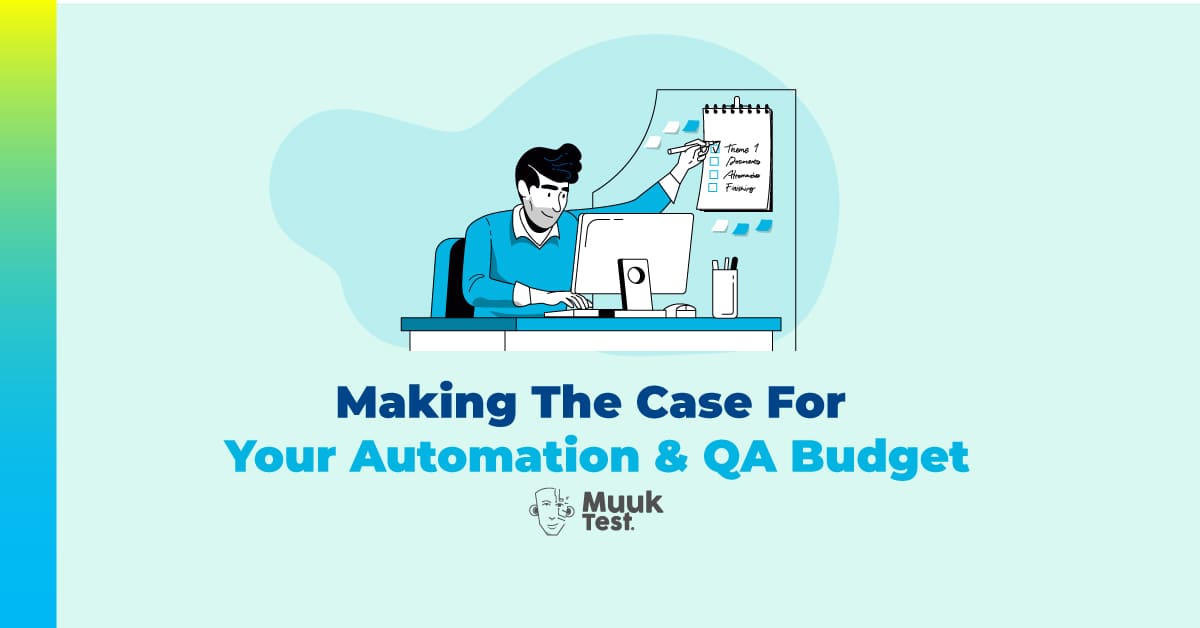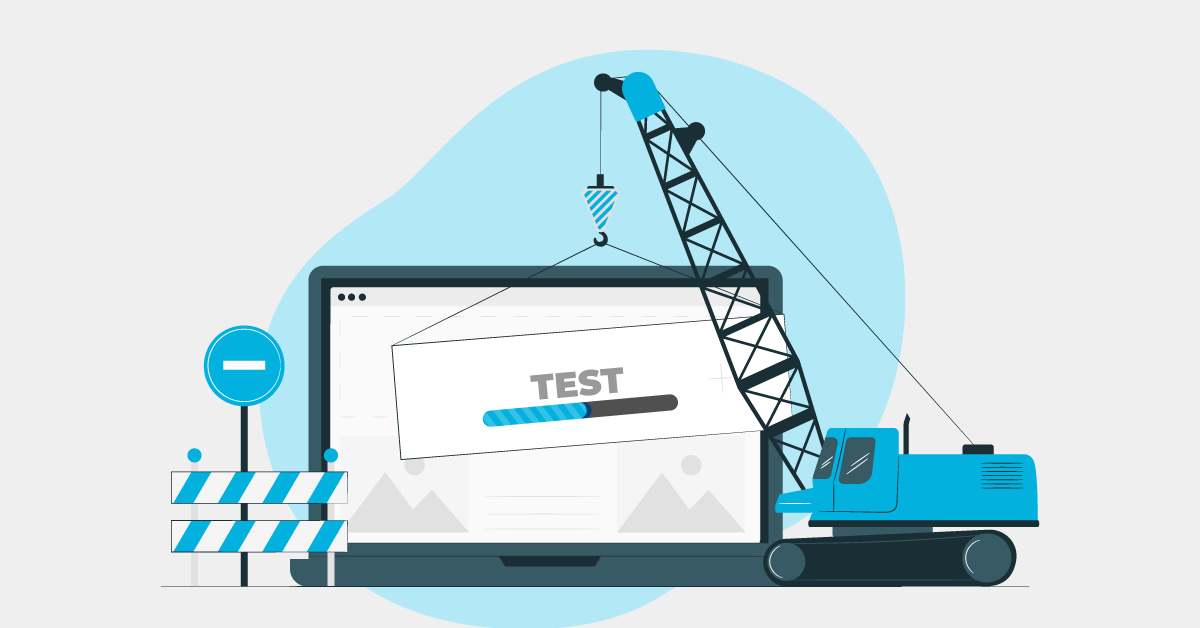In today’s fast-paced technological landscape, software Quality Assurance (QA) and Automation have emerged as indispensable components for delivering reliable, efficient, and customer-centric products. However, securing the necessary budget for QA and automation initiatives can be a challenge. There are various criteria basis which the management may question the budget. They may decide not to approve unless a strong case is presented in front of them. In this blog, we’ll explore strategies to successfully make the case for your automation and QA budget within your organization.
The Power of Quality Assurance and Automation
If taken both in a process-oriented way, the real power lies in the synergy of Quality Assurance and Automation. These two forces collectively can result in transformations but they need to work seamlessly. While QA insights are best captured in a QA process in the form of test cases, automated tests become a safety net that continuously validates the software’s quality. Defects detected by QA are turned into automated test cases to prevent regression. This collaboration between QA and Automation minimizes errors, reduces time-to-market, and enhances overall software reliability.
In the software development journey, QA and Automation are not mere phases; they are mindsets that emphasize quality, efficiency, and customer satisfaction. Embracing this mindset empowers development teams to create software that will cater to all the business needs of meeting industry standards as well as exceeding user expectations. It’s a journey toward excellence that leads to products that stand the test of time.
Quality Assurance is not just about finding defects; it’s a proactive approach that ensures the product meets the highest standards, leading to increased customer satisfaction and reduced post-release issues. Automation, on the other hand, accelerates testing processes, reduces manual effort, and enhances testing accuracy.
Everyone Wants It, Few Are Willing to Pay for It
Over the last decade, test automation has become a crucial part of the test planning activities for various QA groups. In most of the projects, test teams tend to be small, with a lot of features to test and they rarely have enough time to do it all. A well-written automated test suite is of enormous help in daily testing activities, especially in today’s agile world. However, a rather large portion of automation projects fail due to various reasons. Insufficient time is one reason, and inadequate resources could be another. Unrealistic expectations are put forth on automation capabilities and this often leads to their failure.
At the root level, you ask different QA engineers what they think of the possible reasons for their automation failures and they’ll say that initially it is hard to make management understand the need for automation and once they do understand, it is always difficult to do everything using automation.
Management’s Dilemma Leads to Automation Failures
This is a sad but true scenario in almost every QA project in which we hear that automated software testing efforts have failed and the tools end up as shelfware. The reasons given for the failure of automated software testing were:
- No time to develop and maintain the automation scripts.
- We need the tools for it and we want management to assign the appropriate budget, but they are not interested.
- This is a new technology and the tools we have are incompatible. The applications are not built using a single language. For example, they can have a Flex user interface built on the .net framework. The backend may use web services as well. One single automation tool is not enough to test all these three areas. We need different tools to test such applications.
- My team members don’t have the necessary expertise for the given tool and will require training and time to understand it.
- There is no clear vision behind what the automation will do, what we intend to achieve with it, and what the strategies are to do this.
- There are no clear factors listed against which we measure our automation results to label it as success or failure.
Similar reasons are given for the questions regarding why it’s not used in the first place. Although in the real world, everyone understands the essence and need for automation testing, it’s often not used, or it fails. It does not get implemented because resources are not available. It is deprived of crucial resources:
Understanding the Stakeholder’s Perspective
Management will approve budgets if they see value in the outputs. Hence it’s crucial to plan before crafting budgets and putting a business proposal in place. Before crafting your budget proposal, it’s crucial to put yourself in the stakeholders‘ shoes. What are their concerns? What matters most to them? Key stakeholders often prioritize factors such as cost savings, customer satisfaction, timely delivery, and competitive advantage. Align your proposal with these priorities.
Building Your Case
- Quantify the Impact: Start by showcasing the tangible benefits. Highlight how QA and automation reduce post-release defects, which leads to cost savings in terms of bug fixes, emergency patches, and customer support. Use real-world examples to demonstrate the potential impact.
- Time-to-Market Advantage: Automation expedites testing cycles, allowing for faster releases without compromising quality. This advantage can translate to increased revenue and a competitive edge.
- Customer Satisfaction: Quality products lead to happier customers. Share statistics on how customer retention and positive reviews improve when software is reliable and free from major glitches.
- Resource Optimization: Automating repetitive tasks frees up valuable human resources for more creative and strategic tasks, making the team more productive.
- Risk Mitigation: Emphasize the role of QA in identifying and mitigating potential risks early in the development lifecycle, reducing the likelihood of costly issues post-launch.
- Long-Term Investment: Position QA and automation as a long-term investment that pays off with every subsequent release. The upfront investment can lead to compounding benefits over time.
Addressing Concerns
Anticipate and address potential objections. Common concerns might include the initial cost of setting up automation, the learning curve for teams, and the possibility of job displacement. Provide detailed plans for training, show how the initial setup cost is outweighed by long-term benefits, and emphasize that automation enhances job roles rather than replacing them.
Data-Driven Presentation
Utilize data from previous projects or industry benchmarks to support your arguments. Showcase how other companies in your industry have achieved success through QA and automation initiatives.
Collaboration and Involvement
Involve relevant team members and stakeholders in the process. Their insights and support can add weight to your proposal and provide a holistic perspective on the benefits.
Conclusion
Budgeting for QA and automation is an investment that pays dividends in terms of reduced costs, enhanced customer satisfaction, and improved product quality. By understanding stakeholders’ concerns, quantifying the impact, and presenting a well-structured case, you can secure the necessary budget and drive your organization toward more successful software development projects. Remember, the benefits of QA and automation extend far beyond the initial budget approval; they create a foundation for sustained growth and excellence.




%20(1).png?width=150&height=69&name=MuukTest-logo---light-background%20(3)%20(1).png)
